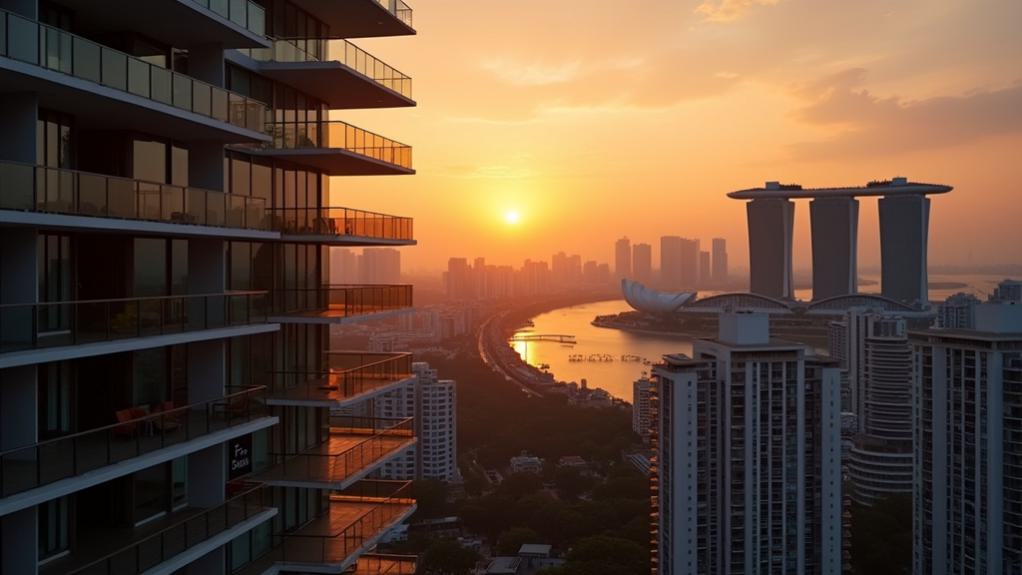How severely has Singapore’s luxury condominium market deteriorated amid escalating regulatory pressures and shifting buyer demographics? A Marina Bay condominium transaction recently recorded a staggering S$1.154 million loss, exemplifying the broader value erosion affecting the luxury segment from 2024 to 2025. This high-profile case represents just one instance among several Marina Bay development sales that transacted below original purchase prices, highlighting systematic challenges facing premium residential investments.
The implementation of 60% Additional Buyer’s Stamp Duty for foreign purchasers has fundamentally altered Marina Bay’s investment landscape, slashing foreign buyer activity that traditionally drove demand for oversized, investor-targeted unit configurations. Concurrent regulatory tightening through stricter Total Debt Servicing Ratio calculations and reduced Loan-to-Value ratios for second-time buyers has further constrained purchasing power across Singapore’s luxury market segments. Foreign buyers cannot bypass ABSD through property trust structures due to regulatory changes that closed previous loopholes.
Market dynamics have shifted decisively toward family-friendly layouts, as evidenced by buyer momentum favoring three-bedroom units designed for end-user occupancy rather than speculative investment. Marina Bay’s emphasis on high-investor units and limited family-oriented amenities has resulted in muted local demand, particularly as post-ABSD preferences broaden toward fringe and suburban areas offering more affordable options. Marina South plans to introduce 10-minute neighborhood concepts by 2030, featuring accessible mixed-use developments with green spaces and comprehensive community amenities.
Marina Bay’s investor-focused developments struggle against shifting preferences toward family-oriented layouts and affordable suburban alternatives following regulatory changes.
Despite capital depreciation concerns, rental yield performance provides ongoing investment justification for existing owners. Marina Bay maintains average rental yields of 3.7-4.0%, substantially outpacing most prime Singapore districts’ 2.5-3.5% returns.
The Sail achieves 4.0% yields based on $6.88 per square foot monthly rents, while Marina Bay Residences generates 3.9% yields at $7.39 per square foot, with three-bedroom units commanding $7,500-$9,000 monthly lease rates.
Market resilience indicators suggest selective recovery potential, particularly as over 5,000 new condominium units launching across Singapore in Q3 2025 intensify competition. Family-oriented developments like One Marina Gardens demonstrate sustained demand, achieving 38% inventory sales by April 2025. The Fed’s dovish stance is expected to stabilize loan affordability conditions, which could benefit lower-priced residential segments but may have limited impact on Marina Bay’s luxury market positioning.
The Sail’s three-bedroom apartments, averaging $2.7 million, recorded minimal net gain rates of 0.04%, reflecting the challenging capital appreciation environment facing Marina Bay’s luxury segment amid regulatory constraints and evolving buyer preferences toward domestic, family-focused purchasing patterns.





